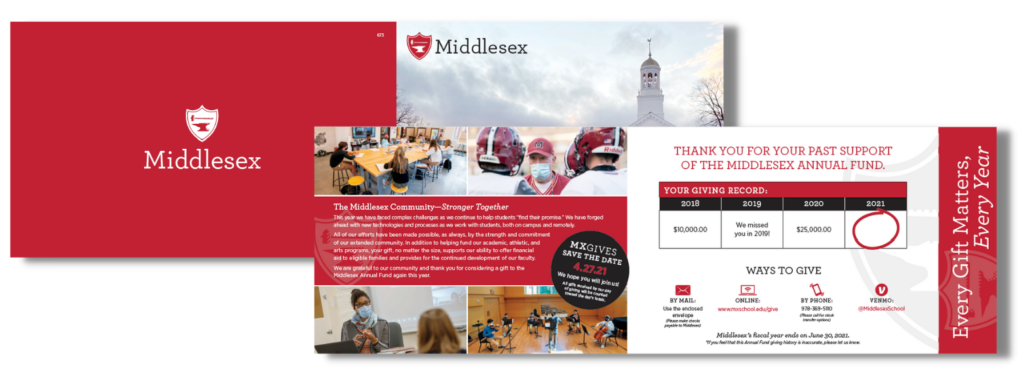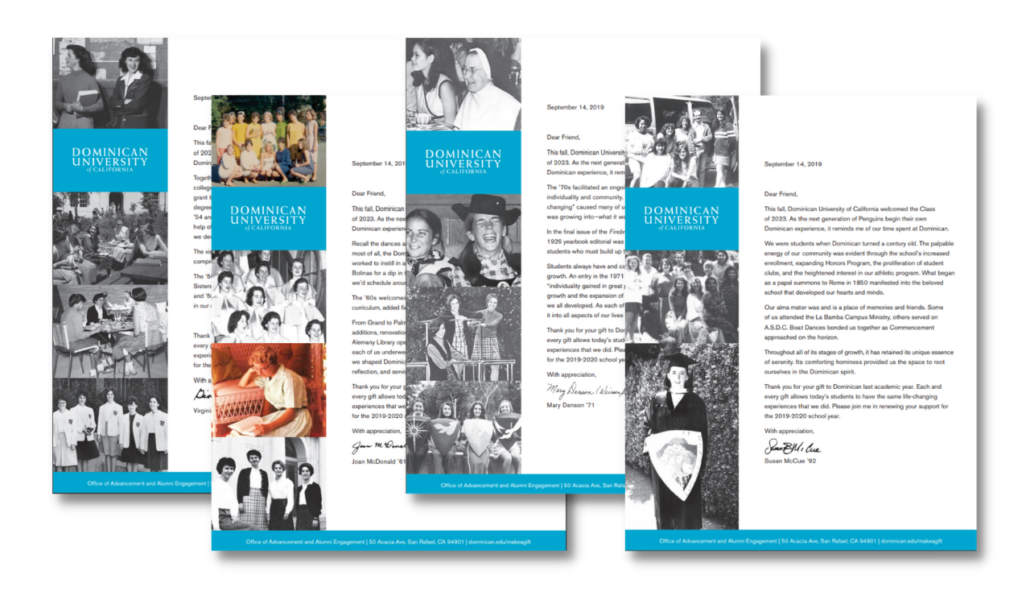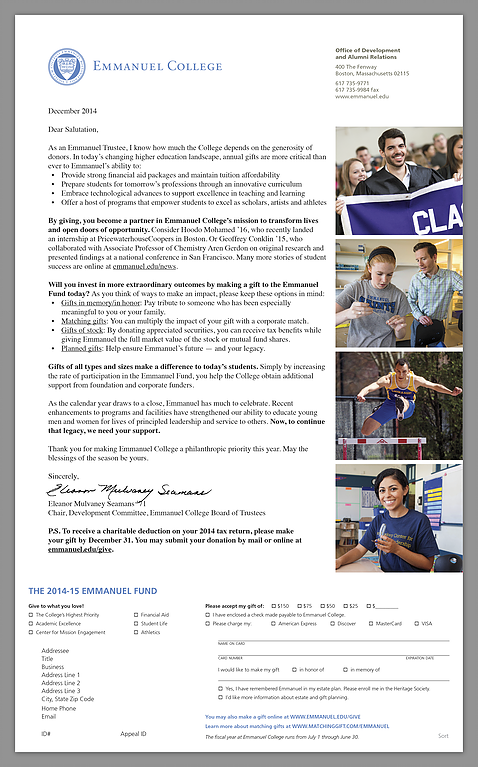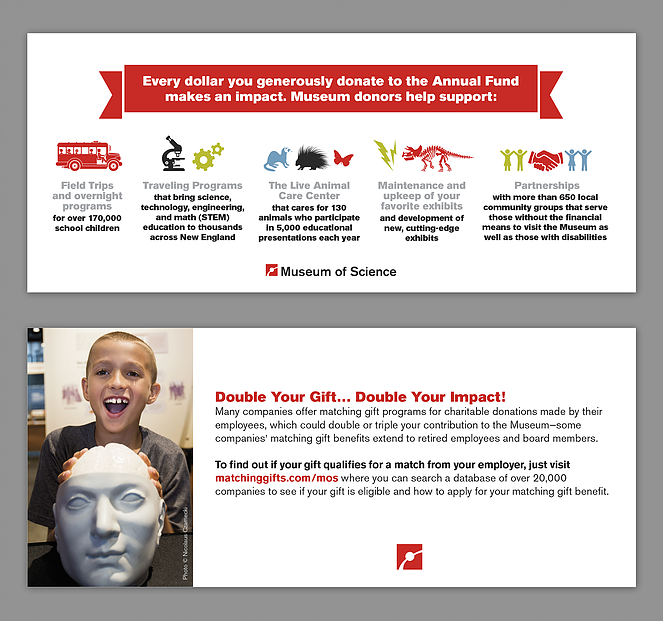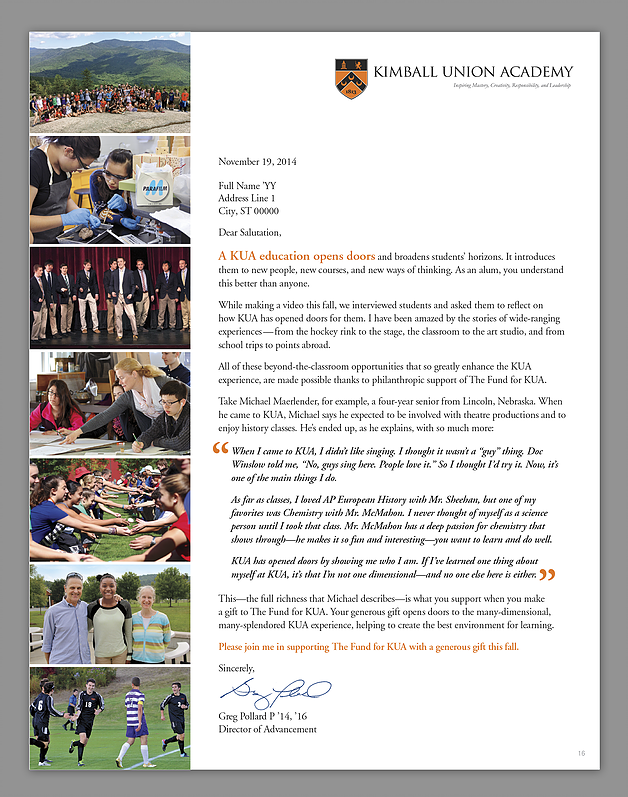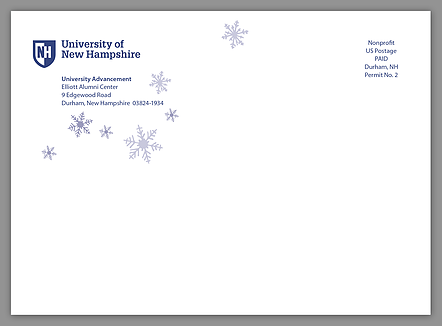Trends come and go, and this year is no different. We compiled a list of direct mail trends for 2022 that you can add to your next campaign.
Direct Mail Trends for 2022 and How They are Changing the Fundraising Landscape
In this blog post you will recognize some of these trends from 2021, and some may seem the obvious. From anything from saving money to new technologies, we approach these trends on how best they are changing the fundraising landscape.
Let’s talk about Direct Mail
Direct mail is the number one technique that is used to reach out to potential donors. It is a cost-effective way of reaching out to potential donors and personalized by giving history, imagery, and donor name.
Direct mail for fundraising has been around for decades. It was first used by charities in the early 1900s, but it has developed over the years by introducing new technologies.
Our Direct Mail Trends for 2022
Nationally, the use of direct mail has been on the decline for the past few years, however we have seen just the opposite. And it seems like this trend will change in 2022. There are many reasons people are opting back into this marketing tactic.
Let’s get to the heart of this post!
Here are the trends we see that have led to this increase in direct mail usage, as well as what trends we can expect more of in 2022.
Convergence
Digital channels continue to grow and become more popular than traditional channels – however, when working together, social media, email, and direct mail are a more powerful means of reaching your donors than ever before. Fundraisers see a 25% lift when using email and direct mail together.
QR Codes
Now, in 2022, the odd block that once seemed ambiguous is now one of the most mainstream forms of the print world meeting the digital world. Using QR codes in direct mail becomes more prevalent as they provide a way to track conversions and donations. 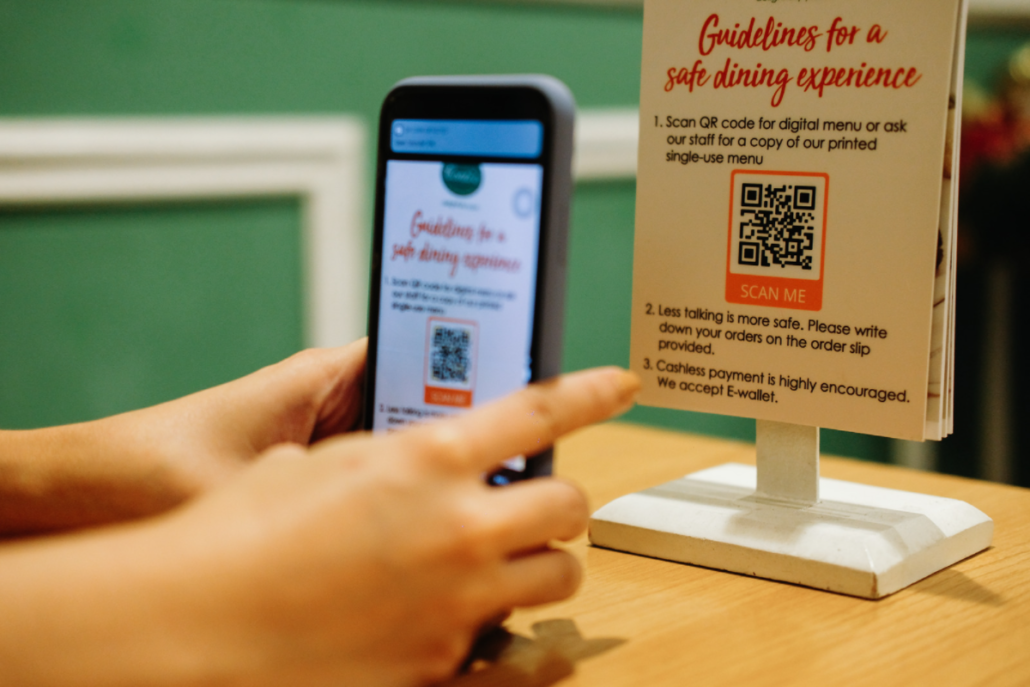
Postage Increases
While the USPS continues to reform with postage increases and longer delivery times, direct mail is a hundred percent visible and tracked throughout the entire process. Considering the costs of a direct mail campaign on a larger scale, it is very affordable to send messages at the right time to your constituents.
6 × 9 Postcards
The recent USPS postage hike led to a change in regulations on which types of postcards are eligible for a new rate. Mailers no larger than 6″x9″ can now qualify for a lower rate! Can you imagine the USPS actually reduced the price? Now is the time to take advantage of all the real estate a larger postcard offers and at the same rate as your current smaller postcard.
The Classic letter
Now, even though the postage rate may have changed for the postcard, we’ve seen an increase in nonprofits sending more and more letters. Make your content personal by adding an “Ugly Betty” element into it.
Ugly Betty
If you haven’t tried adding this invoice-style format to your latest appeal, try it in 2022. This visual form of personalization stands out in a letter and allows your donor to visualize their giving history.
Personalization
First, look at the data you have collected. Use it wisely and add personalization wherever you can. Personalizing a letter with your donor data has been growing in popularity over the last year because of its effectiveness.
Planning Ahead
With the likelihood of continued disruptions to the supply of mail marketing materials, fundraisers may need to plan their outreach programs more than ever before. Above all, at BCG Connect, we’re working closely with our clients, determining expected volumes for each campaign.
Informed Delivery
In addition, Informed Delivery campaigns will be a prominent trend for fundraisers by 2022. The significant rise in household informed delivery subscribers and consistently increased adoption in 2021 makes informed delivery all that more attractive. And it’s free!
Reforestation Programs
In May 2021, we introduced our partnership with PrintReleaf. While there are other sustainable options like FSC, we are more focused on building up the global forestry system. Our clients take part in choosing where they want to replant and ultimately make an eco-friendly impact on the environment.
What do these trends mean to you?
In conclusion, these trends provide more and more opportunities for nonprofits and fundraisers to take advantage of all that direct mail offers. From convergence to sustainability, BCG Connect believes the power of direct mail will continue to increase in use.
BCG Connect offers all the above and so much more. So when you work with a team of leaders in the industry who understand the benefits of the trends in direct mail, your campaign will surely make a difference this year. Contact us today to see how BCG Connect can lead you in the right direction.


